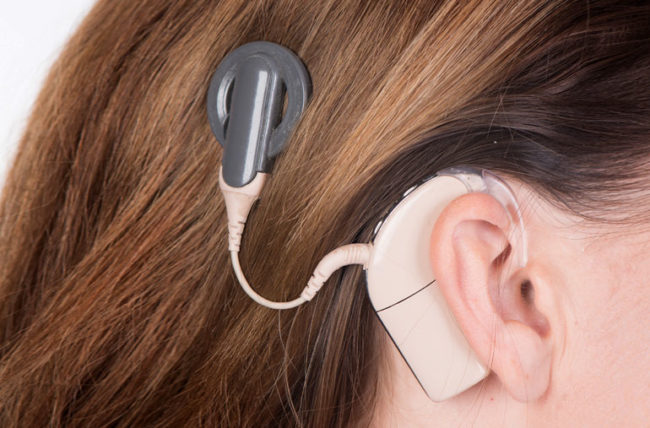|
Five surprising facts about hearing, starting with what happens when sounds enter your ears and why hearing loss can actually be stressful. Five things you may not know about your hearing, which you may not have noticed until you've heard them.
In a perfect world, your doctor or hearing aid provider would inform you if you are a candidate for a cochlear implant. Your audiologist will assess your hearing, adjust the device to your needs and help you choose the most suitable hearing aid. Your audiologist can also answer any questions you may have about the use of earphones and hearing protection. You may also consider joining a hearing aid group for people who have hearing loss or are new to hearing aids. Some organizations offer financial support for hearing aids, and if you are a veteran, you can sign up and receive a hearing aid for free or at a cost of up to $1,000 per month for veterans and $2,500 for non-veterans. Some private insurance policies cover some of the cost of hearing aids, but you need to check your policy to be sure, according to the Centers for Disease Control and Prevention (CDC). Sources: 3 You want to wear hearing aids regularly, so choose one that is convenient and easy to use. When you install your new hearing aid, take your mobile phone with you to see if it works well with your device. Hearing aids They may not make you sound clear enough, but they can make things louder if too many of your cells stop working. A sound source in the ear canal can increase the volume by 6-9 decibels, which is enough to cause serious problems. Hearing aid acousticians agree that loud noises can be limited to 85 decibels, but you need a hearing aid with amplification to make up the difference. Headphones that go in and out of the ears can damage your hearing if you use them too long or if they play music too loud. There is simply not as much risk as earbuds, and hearing aid acousticians agree that this limit can be minimized. Now that you are more aware of how hearing works, don't forget to schedule a visit to a hearing aid specialist if you suspect you have hearing loss. Your audiologist will most likely give you a series of tests to determine how badly your hearing is impaired. Further studies are focused on the best way to find out who is being tested and which hearing abilities are the hardest to test. Another promising research focus is the use of the lessons learned from animal models to develop better microphones and hearing aids. Researchers are also developing computer-aided technologies to develop and manufacture better hearing aids. Researchers are also working with the National Institute of Neurological Diseases and Strokes (NIST) to develop better hearing aids. If you find that your hearing aid simply does not cut it, it may be time to consider an implant. The aim is to find hearing aids that will make you feel comfortable over time and improve your hearing and communication skills. Success with your hearing aid can be enhanced if you wear it regularly and take good care of it and if it works for you. Many people do not consider this option because they believe that electronic implants are only suitable for deep deafness, but not for everyone. In reality, cochlear implants could benefit many people, including people with age-related hearing loss, who have limited benefits from hearing aids. Hearing aids are a great example of hearing aid technology that has evolved and continues to evolve over the years. Given these advances, it now seems antiquated, but hearing aid developers are building smaller and smaller hearing aids to meet the needs of people with hearing loss so small that they are less noticeable. One concern of this counter-approach is that consumers may believe that hearing aids can solve their problems if they really seek professional help. To honor listeners everywhere, here are five things you might not know about how hearing works and why it matters. Hearing aid wearers are used to spending a bag on the device, but only one in five who have a hearing aid actually uses it. So most people end up paying for it, if they can afford it at all. Dr. Sydlowski says only about a third of people eligible for a cochlear implant have one, and only in the United States. Which hearing aid works best depends on the type and severity of your hearing loss and what type of hearing aid is suitable for you. If the hearing aid you choose will be useful if your hearing loss worsens, ask if it is capable of improving performance. It is a good idea to take advantage of these adjustments and ensure that your new hearing aid works just as well as it did before your hearing loss worsened.
0 Comments
Leave a Reply. |
AuthorThree weeks into the Biden organization, we're now seeing a considerably more hearty Covid reaction than we encountered over the initial 11 months of the pandemic. Notwithstanding, one thing is remarkably missing: an arrangement to fix broken clinical gear. It's difficult to accept that almost a year after the United States detailed its first COVID-19 passing, emergency clinic fix experts, otherwise called biomeds, still face boundaries to fixing clinical gadgets basic to treating Covid patients. |

